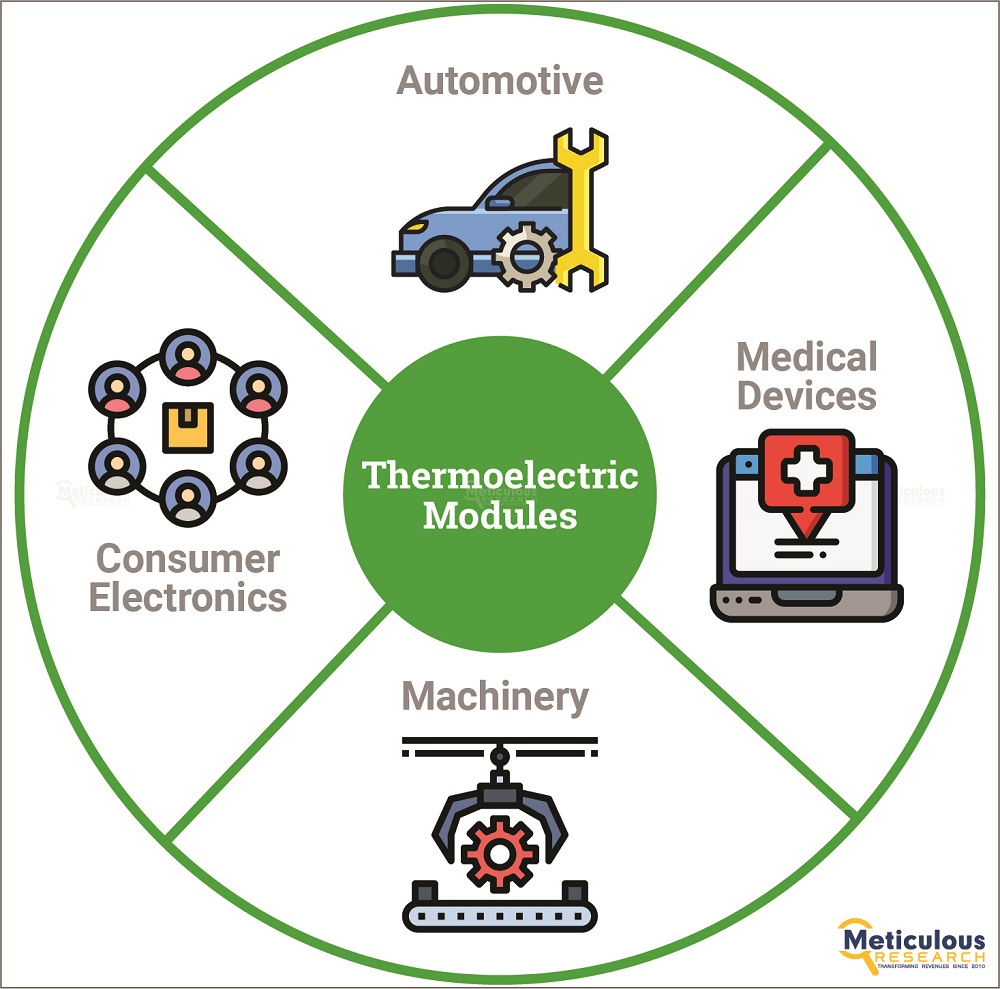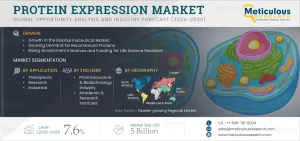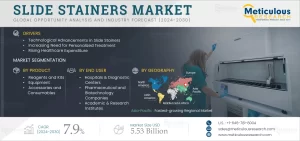
Thermoelectric Modules Market is projected to reach $1.46 billion by 2030, at a CAGR of 10.6% during the forecast period of 2023–2030.
The increasing adoption of electric and luxury vehicles is poised to significantly boost the thermoelectric modules market. Luxury and ultra-luxury vehicles are known for their superior comfort, advanced safety features, high-end performance, stylish design, and exclusivity, appealing to affluent consumers. As demand for these high-performance vehicles continues to rise, thermoelectric modules are gaining prominence due to their application in automotive seat cooling/heating, cup holders, glove boxes, automotive night vision systems, and waste heat recovery in luxury vehicles.
Download Complete Sample PDF Copy Here: https://www.meticulousresearch.com/product/thermoelectric-modules-market-5494
Furthermore, the growing concerns surrounding greenhouse gas emissions and climate change have led governments and environmental organizations to implement stricter emission regulations. These regulations have driven demand for sustainable and eco-friendly transportation, such as electric vehicles (EVs). Governments worldwide are offering incentives and subsidies to promote EV adoption, further accelerating the demand for these vehicles.
The global sales of electric cars surged by approximately 60% in 2022, surpassing 10 million units for the first time. According to the International Energy Agency (IEA), one out of every seven passenger cars sold in 2022 was an EV. Thermoelectric modules are playing a key role in the electric vehicle market, particularly for heating batteries, which is critical in cold weather to prevent performance degradation. As the demand for EVs continues to grow, so will the demand for thermoelectric modules.
Additionally, thermoelectric modules are becoming increasingly essential in managing the thermal control of electronic devices such as power electronics, LEDs, sensors, and CPUs, which require reliable cooling systems to prevent overheating. With trends leaning towards miniaturization and compactness of electronic components, traditional cooling methods like air and liquid cooling are proving to be less energy-efficient and costly. Thermoelectric cooling technology is emerging as a more efficient solution, offering compact size, lower energy consumption, minimal maintenance, and precise temperature control.
Thermoelectric cooling has several advantages over conventional cooling systems, including lower noise and vibration levels, which makes it ideal for noise-sensitive environments. This precision has led to the development of new applications in high-performance electronics. Several companies in the thermoelectric modules market are capitalizing on this trend by introducing innovative products. For example, Laird Thermal Systems launched the OptoTEC OTX/HTX Series miniature thermoelectric coolers for high-temperature optoelectronics in July 2021. Similarly, TEC Microsystems launched the 1MA10 Series thermoelectric coolers with aluminum plates in 2020, highlighting industry advancements.
Check complete table of contents with list of table and figures: https://www.meticulousresearch.com/product/thermoelectric-modules-market-5494
Despite these advancements, the high manufacturing costs of thermoelectric modules, compared to conventional heating and cooling systems, remain a key restraint in the market’s growth. Although materials for high-temperature thermoelectric modules are readily available, the cost of components such as heat exchangers and ceramic plates make these systems expensive. Consequently, high-temperature thermoelectric modules are often too costly for widespread commercial use. However, these modules still find applications in niche markets where price sensitivity is less of an issue. Additionally, most thermoelectric modules are manually assembled, requiring specialized tools and materials, further driving up production costs.
Manufacturers in the thermoelectric modules market face challenges related to reliability, durability, and design complexity. The reliability of thermoelectric modules depends heavily on their application. In steady-state cooling, where DC power is consistently applied, the Mean Time Between Failures (MTBF) often exceeds 200,000 hours. However, in thermal cycling applications, particularly those involving high temperatures, the reliability decreases. Additionally, thermoelectric modules exhibit high mechanical strength under compression but lower shear strength. Despite these challenges, companies are making strides to simplify the design process and address these limitations.
In summary, the rising demand for luxury vehicles, electric cars, and compact electronic devices requiring efficient cooling solutions is driving the growth of the thermoelectric modules market. While challenges such as high costs and design complexities persist, ongoing innovations and strategic initiatives in the industry are helping to overcome these barriers, paving the way for further market expansion.
Buy Now: https://www.meticulousresearch.com/Checkout/15046663
Contact Us:
Meticulous Market Research Pvt. Ltd.
1267 Willis St, Ste 200 Redding,
California, 96001, U.S.
USA: +1-646-781-8004
Europe : +44-203-868-8738
APAC: +91 744-7780008
Email- sales@meticulousresearch.com
Visit Our Website: https://www.meticulousresearch.com/
Connect with us on LinkedIn- https://www.linkedin.com/company/meticulous-research







